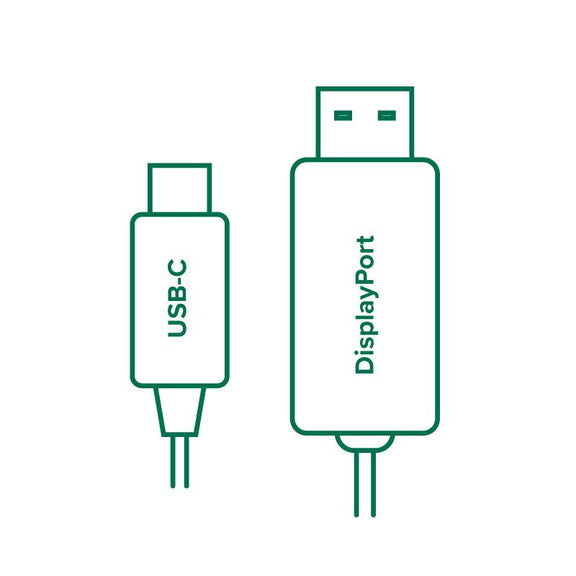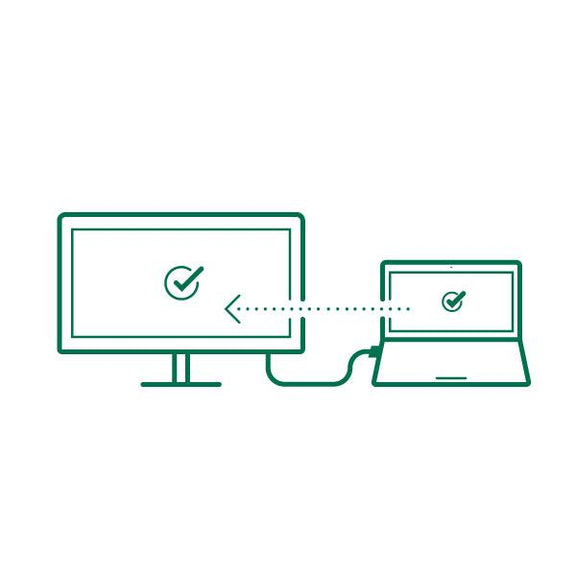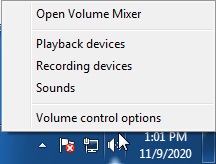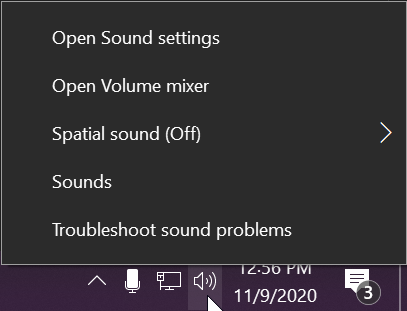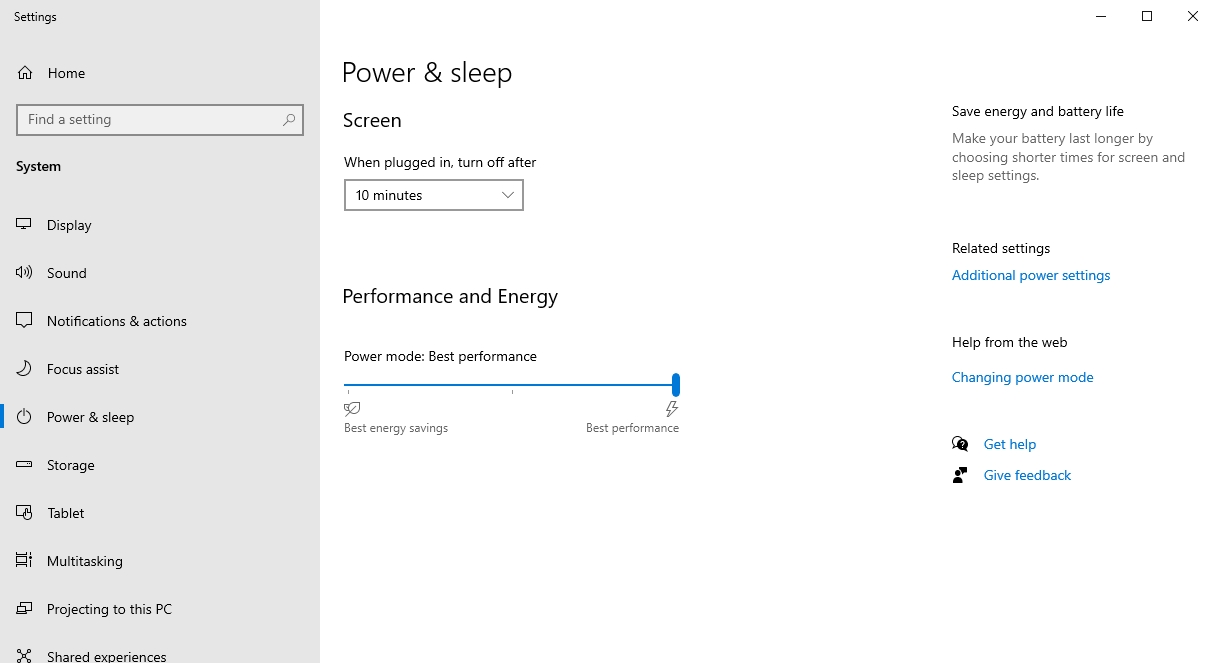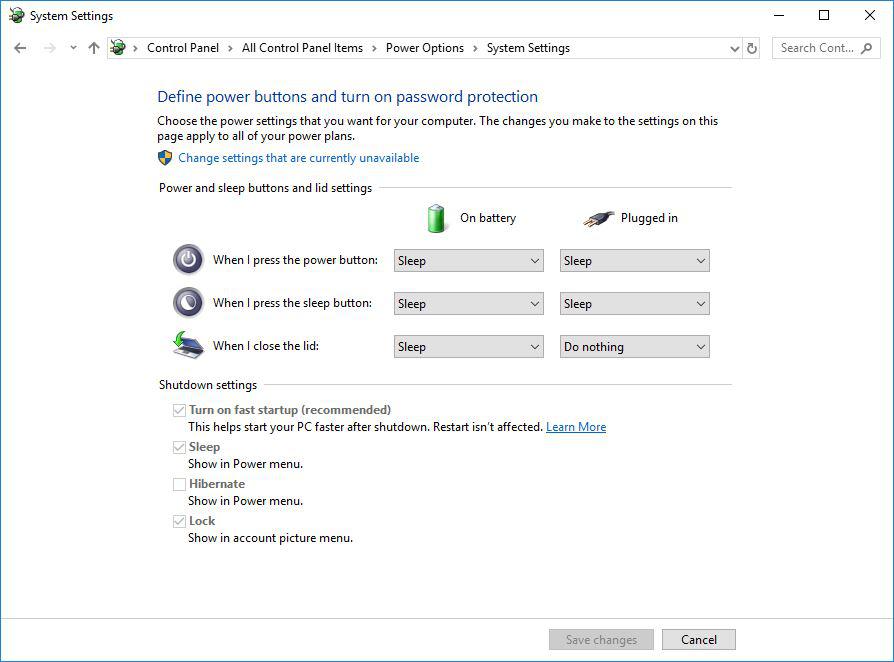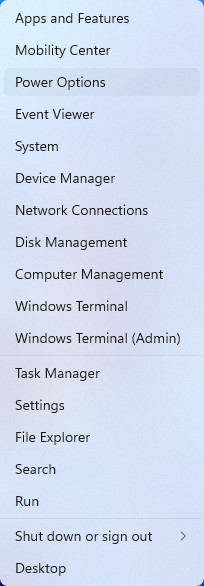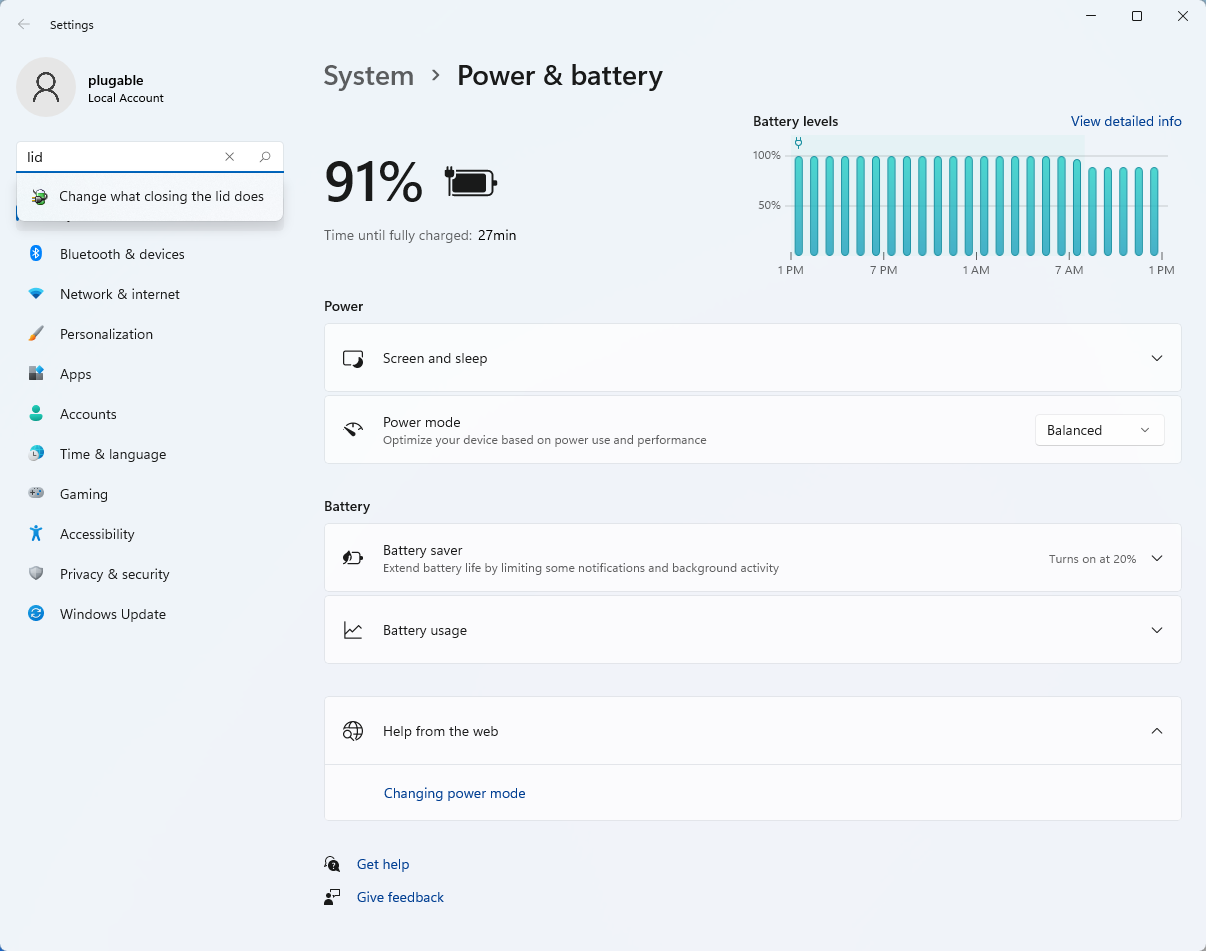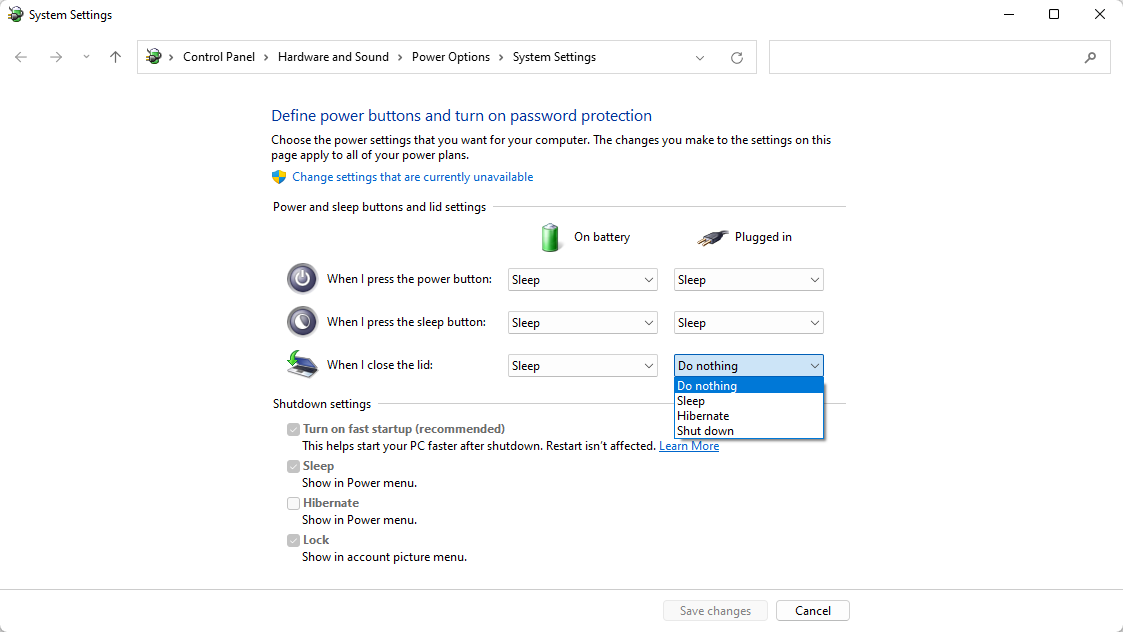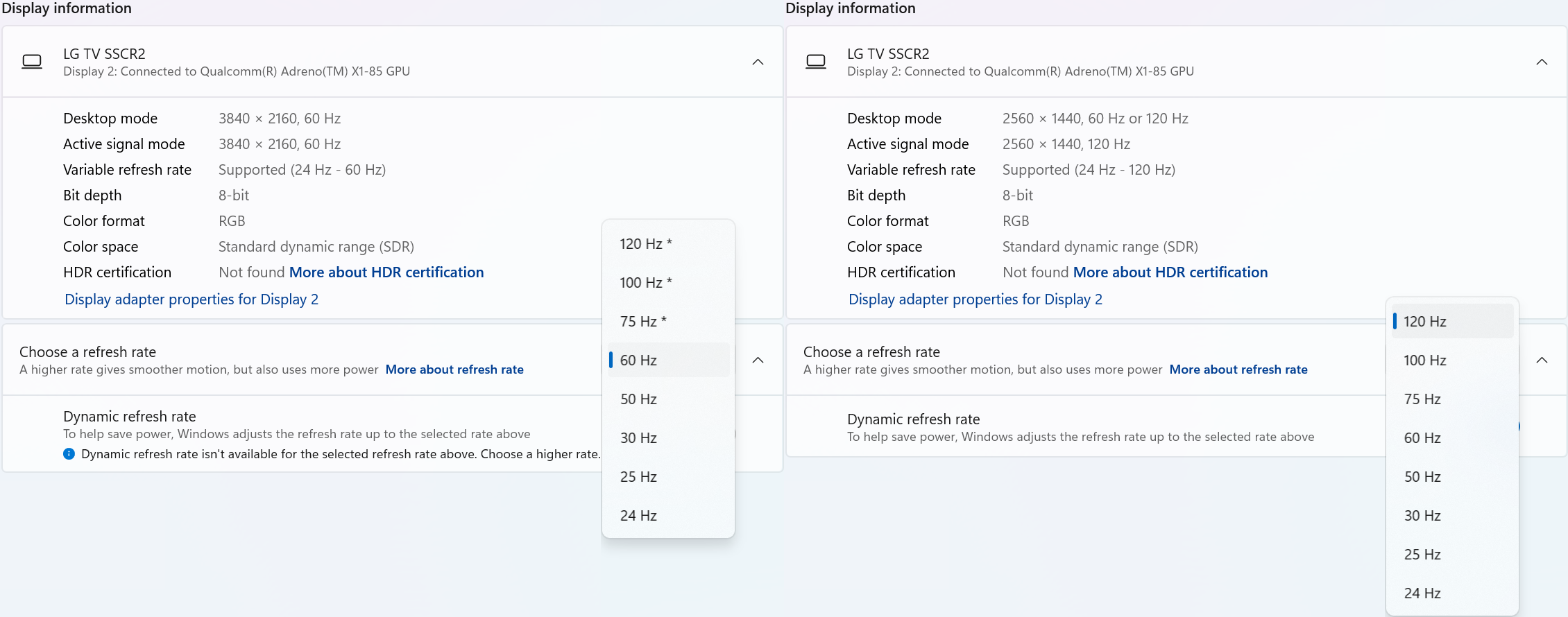











Hassle free, 2-Year Warranty
Fast, Free Shipping on Orders $35+
Lifetime Technical Support
30-Day Money Back Guarantee
Plugable USB-C to DisplayPort Bidirectional Adapter Cable
$17.95 USD
SKU: USBC-DPAmazon Rating : (889 Reviews)
Features
- Bi-Directional USB-C to DisplayPort – This versatile cable supports both USB-C to DisplayPort and DisplayPort to USB-C video output, offering maximum flexibility for connecting monitors or docking setups. Now supports DisplayPort 1.2, enabling resolutions up to 4K at 60Hz (3840x2160).
- Plug-and-Play Simplicity – No drivers or software needed. Enjoy sharp 4K visuals and audio with a direct, reliable connection—ideal for productivity, streaming, and gaming. Works seamlessly as both a USB-C to DisplayPort and DisplayPort to USB-C cable. Ideal for IT deployments, hot-desking, and hybrid conference room setups.
- Use it with— M1–M4 MacBooks (base and Pro/Max), Intel Thunderbolt Macs (late 2016+), iPhone 15/16 and Pro models, iPad Pro/Air/mini, HP ProBook/EliteBook/Spectre x360, Dell XPS/Latitude/Inspiron, Lenovo ThinkPad/IdeaPad/Yoga, Microsoft Surface Pro/Go/Book/Laptop, LG Gram, and thousands of standards-compliant USB-C laptops.
- Compatibility— Works with Windows 10/11, macOS 11+, ChromeOS 100+, and Linux. Requires a system with DisplayPort Alt Mode over USB-C, USB4, or Thunderbolt 3/4. Fully compatible with DisplayPort source devices and full-featured USB-C displays.
- Lifetime Support— This device has been designed with reliability at its core and was built to meet the deployment demands of IT departments and the ease of use necessary for home offices. Includes lifetime support from our North American team of connectivity experts
Free 3-Day Continental U.S. Shipping on Orders Over $35!




